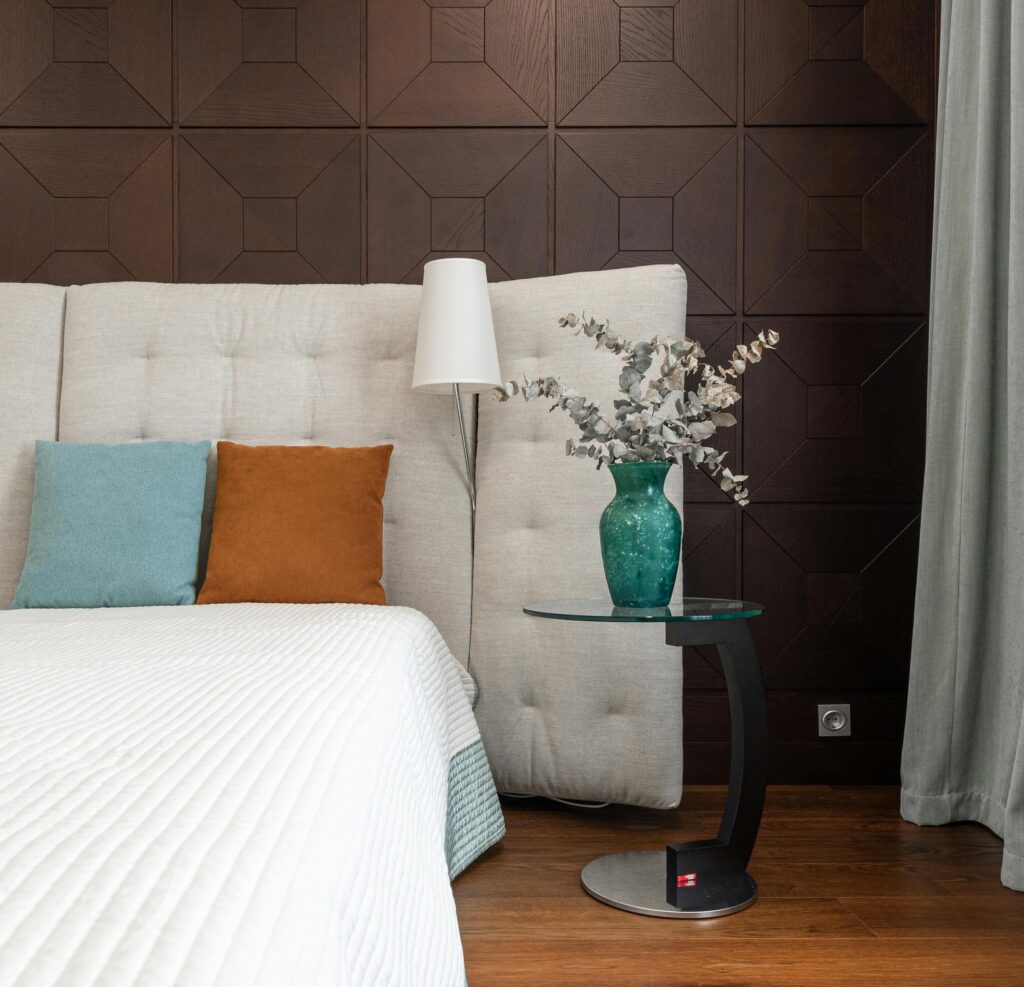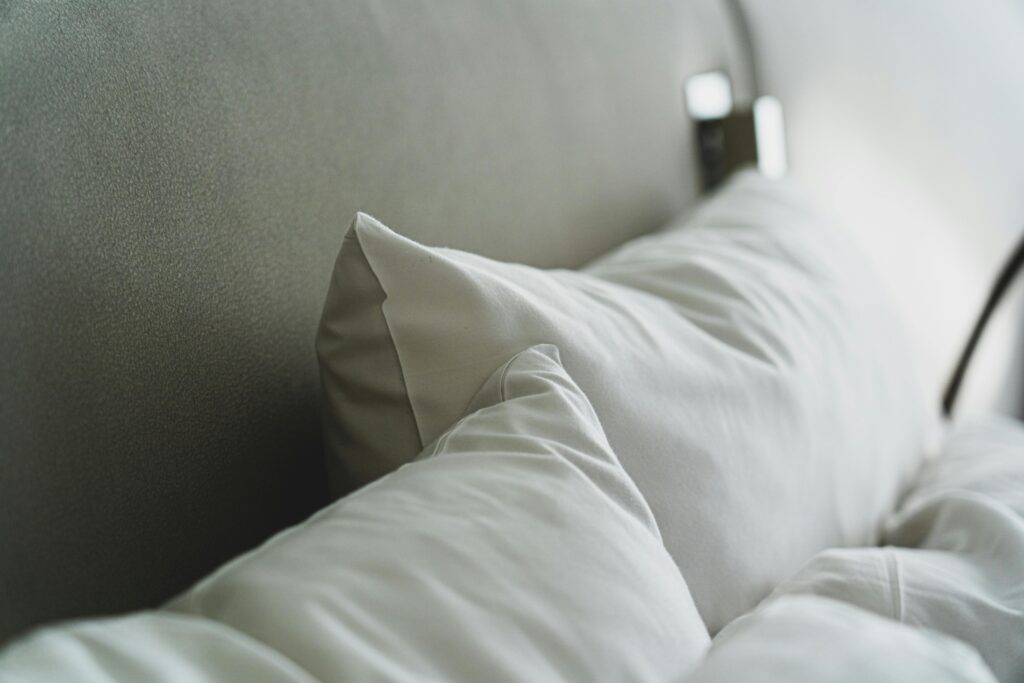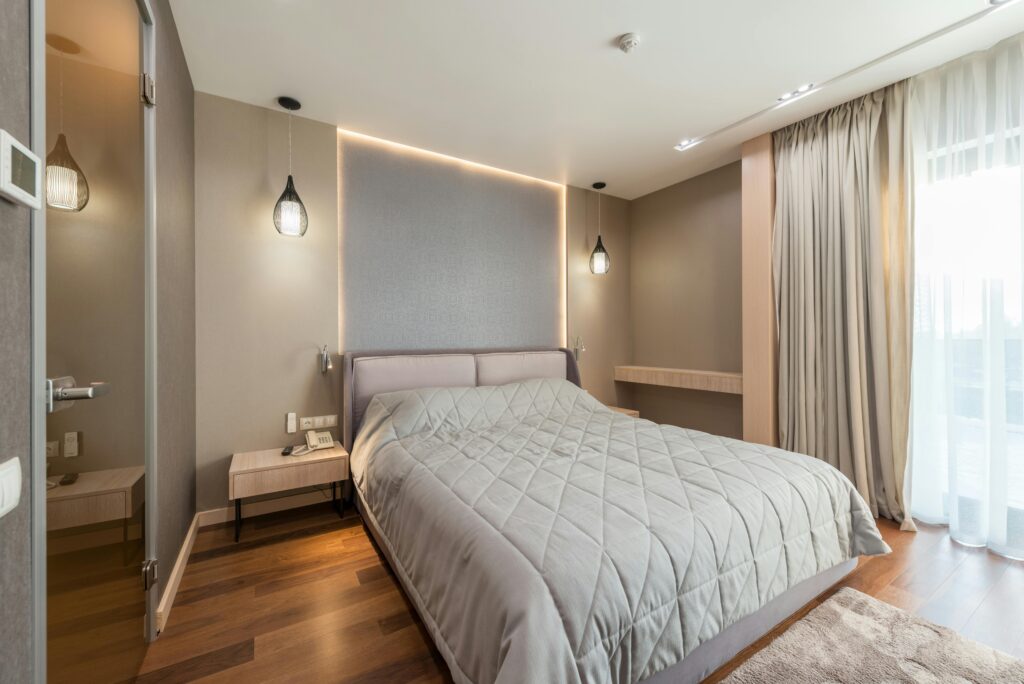Can Bed Sheets Cause Acne? Your bed sheets could be the culprit. A dermatologist explains how dirty pillowcases, fabric choice, and laundry habits create a perfect storm for acne, and offers simple, effective solutions for clearer skin.
The alarm screamed, a brutal electronic sound tearing me from a dream of open fields and clear skies. I slapped it silent and rolled over, my face sinking into the pillow. And that’s when I felt it. Not the soft, welcoming cotton I’d fallen asleep on, but something… greasy. A faint, stale scent of yesterday’s hair product and skin met my nostrils. I bolted upright, a familiar dread pooling in my stomach. I padded to the bathroom, flicked on the light, and leaned in close to the mirror.
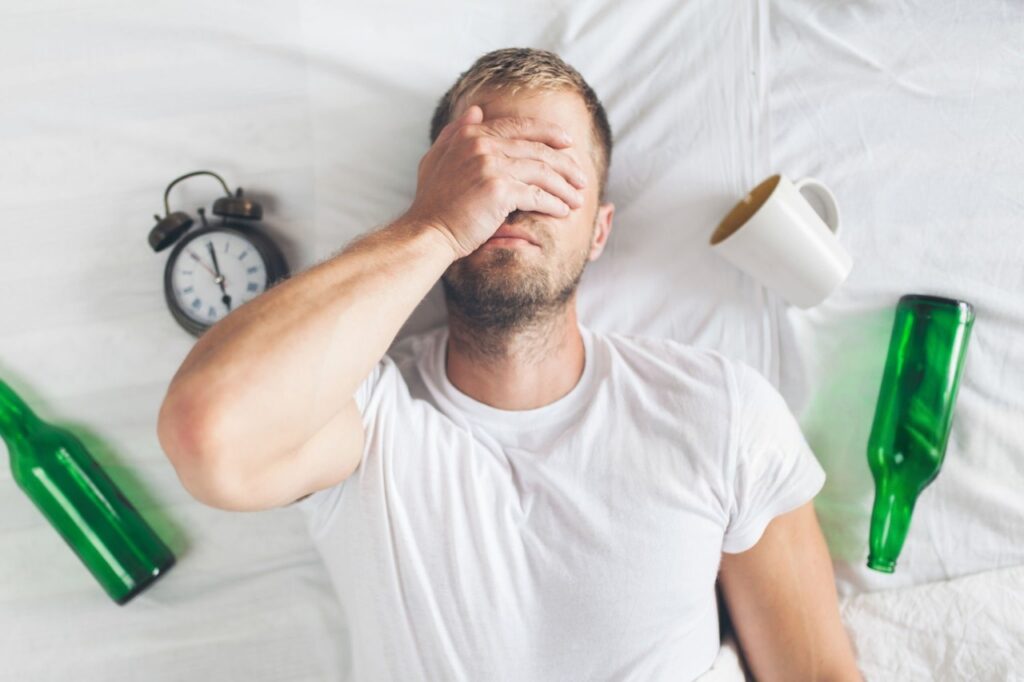
There they were. Not the one lone, respectable pimple that shows up for a job interview or a first date. This was a rebellion. A cluster of angry red bumps along my jawline, a constellation of whiteheads on my chin, and a deep, throbbing under-the-skin monster on my temple. I groaned. I was 29 years old. I’d long since traded frat parties for mortgage statements, yet my face was staging a revolt worthy of my teenage years.
I’d done everything right. I’d invested in a dermatologist-recommended cleanser, a serum with enough hyaluronic acid to hydrate a desert, and a moisturizer that cost more than my weekly grocery bill. I was drinking water like it was my job and had even sworn off dairy. Yet, my skin was a battlefield.
Frustrated, I did what any modern person does: I fell down an internet rabbit hole. Forums, blogs, Reddit threads filled with cryptic advice about “pillowcase acne” and “sleep hygiene.” It sounded… simplistic. Too simple. Could the answer to my complex skin woes really be as mundane as my bed sheets?
Skeptical but desperate, I decided to go to the source. I booked an appointment with Dr. Evelyn Reed, a dermatologist in the city known for her no-nonsense approach and her ability to see the root cause of a problem, not just its symptoms.
Her office was calm and clean, smelling faintly of aloe and tea tree. After a nurse had taken my history, Dr. Reed entered with a warm but efficient smile. She examined my skin with a practiced, gentle eye.
“So,” she began, sitting back in her chair. “You’re doing a lot right. Your routine is solid. But you’re missing a key piece of the puzzle. You’re fighting a nightly war on a dirty battlefield.”
I must have looked confused.
“Your bed sheets,” she said, her voice calm and explanatory. “Specifically, your pillowcases. Think about it. You spend six to nine hours every single night with your face pressed into the same piece of fabric. Now, what accumulates there in that time?”
She didn’t wait for me to answer. She began to paint a picture, a story of the nightly journey of my pillowcase.
“It starts with your skin itself,” she said. “Every hour, we shed millions of skin cells. It’s a natural, constant process. Throughout the night, they slough off onto your pillowcase. That’s a feast waiting to be served.”
“A feast for what?” I asked, already feeling a little uneasy.
“For dust mites,” Dr. Reed said matter-of-factly. “Microscopic arthropods that live in every home, in every bed. They’re largely harmless for most people, but their waste products are a potent allergen. For some, this constant exposure can lead to irritation, inflammation, and yes, breakouts that look very much like acne.”
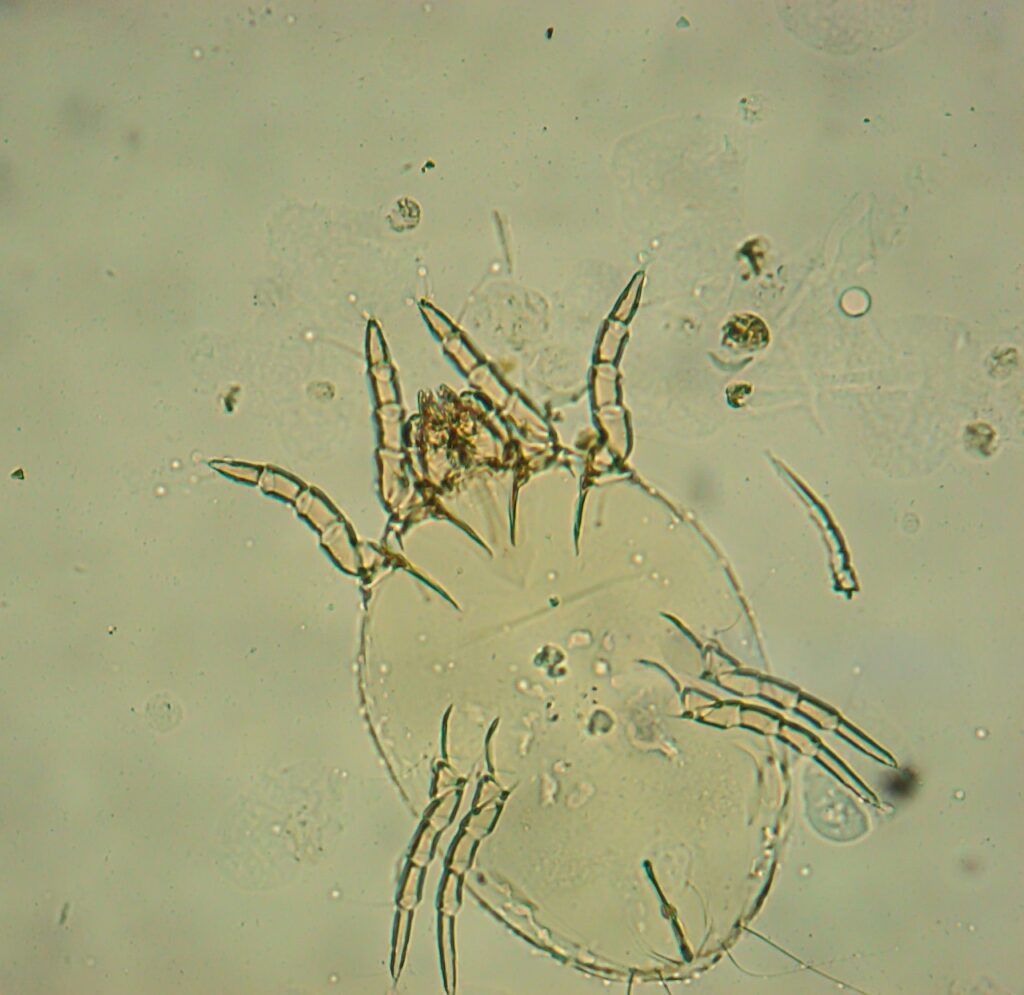
I shifted in my chair. The pristine white pillowcase in my mind’s eye was suddenly looking a lot less clean.
“Then,” she continued, “there’s the oil. Your scalp produces sebum. Your face produces sebum. If you put any hair products in—oils, serums, leave-in conditioners—they transfer onto your pillowcase as you toss and turn. That oil doesn’t just sit there innocently. It oxidizes, it goes rancid. When you press your face into that slick of old oil night after night, you’re essentially re-clogging your pores with yesterday’s waste. You’re washing your face before bed only to lie down in a puddle of last night’s grime.”
The pieces were starting to click into a horrifying mosaic. My expensive serum was fighting a losing battle against a army of mites and rancid hair oil.
“And let’s not forget sweat,” Dr. Reed added. “We all sweat at night. It’s a natural thermoregulatory process. That moisture, trapped in the fibers of your sheets, creates a humid, warm paradise for bacteria and yeast to proliferate. One type in particular, Malassezia, loves this environment. While it’s a normal resident on our skin, an overgrowth can lead to a condition called fungal acne—tiny, uniform bumps that are often mistaken for traditional acne. It doesn’t respond to typical acne treatments because it’s not a bacterial problem; it’s an ecological one.”
I thought about how I’d sometimes wake up with a damp neck. I thought about my thick, cozy comforter. I was basically running a tropical microbiome on my face every night.
“But it’s not just the biological factors,” the dermatologist explained, leaning forward. “The physical texture of your sheets plays a role, too. Rough, abrasive fabrics—like low-thread-count cotton or certain polyesters—can create micro-tears in the skin’s surface through friction. This compromises your skin barrier, its first line of defense. A damaged barrier is inflamed, vulnerable, and more prone to infection and breakout. It’s like having a castle with cracks in the wall; it’s easier for the invaders to get in.”

She finally paused, letting it all sink in. My simple bed was a complex ecosystem of potential skin saboteurs. Dust mites feasting, bacteria blooming in sweat, oils turning toxic, and rough fabrics tearing down my defenses. It wasn’t just a could; it was a resounding yes. Bed sheets could absolutely cause, or severely exacerbate, acne.
“So, what do I do?” I asked, feeling overwhelmed. “Do I need to sleep on a slab of marble? Buy sheets made of silver?”
Dr. Reed laughed. “Nothing so dramatic. It’s about management and choosing your materials wisely. Think of it as curating your sleep environment. It’s one of the easiest and most effective things you can do for your skin.”
She then took me through the solutions, not as a bullet-point list, but as a new chapter in my skincare story.
“First, the frequency of change,” she said. “For someone with your level of breakouts, I’d recommend changing your pillowcase every other day. If that seems excessive, at the very least, twice a week. And I don’t mean just flipping it over.” She smiled, knowing that’s exactly what I’d been doing. “The other side is just as dirty. Think of it as a clean canvas for your face every night.”
She then talked about fabric choice as if she were a sommelier pairing a wine with a meal.
“Cotton is the classic for a reason,” she explained. “Specifically, long-staple cotton, like Egyptian or Pima, in a sateen or percale weave. It’s breathable, soft, and less absorbent than other materials, meaning it wicks moisture away from your skin instead of letting it stew. Linen is another fantastic option—incredibly breathable and absorbent.”
“What about silk?” I asked, remembering the advice from a lifestyle magazine.
“Ah, silk,” she said, her eyes lighting up. “Silk is a wonderful choice, especially for those with sensitive or eczema-prone skin. It has a smooth, frictionless texture that minimizes tugging and tearing. It’s also less absorbent than cotton, so it doesn’t wick away your skin’s natural moisturizing factors as aggressively, which is great for barrier health. However,” she cautioned, “it requires more delicate care. You must wash it gently and avoid harsh detergents.”
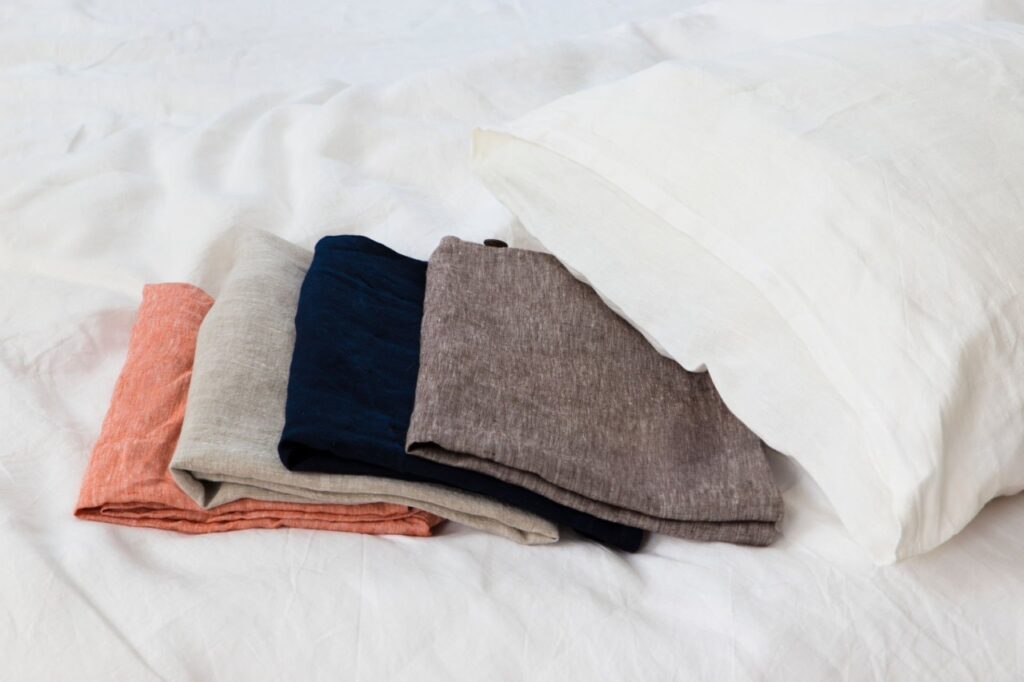
She warned me against synthetic blends like polyester. “They may be wrinkle-resistant, but they are notoriously non-breathable. They trap heat and moisture against the skin, creating that perfect bacterial incubator we want to avoid.”
The final act of this new routine was the laundry itself.
“Your detergent is crucial,” Dr. Reed emphasized. “Fragrances and dyes are common skin irritants. You might not be allergic to them in the classic sense, but they can cause low-grade, subclinical inflammation that weakens your skin’s resolve and makes it more susceptible to breakouts. Switch to a free and clear formula. And make sure you’re using enough water and doing a full rinse cycle to ensure all soap residue is removed. That residue can be just as irritating as the dirt itself.”

I left Dr. Reed’s office not with a prescription for a powerful cream, but with a new mission. That afternoon, I went home and stripped my bed. I dug to the back of my linen closet and found the set of high-thread-count cotton sheets I’d been given as a wedding present and never used, thinking them “too good.” Not anymore.
I washed them in a new, fragrance-free detergent. I made a stack of seven clean pillowcases, designating Sunday as my “sheet-changing day.” It felt oddly ceremonial.
The first night was… fine. The sheets were crisp and smelled of nothing, which was a change from my usual lavender-scented dryer sheets. I woke up and, as per habit, rushed to the mirror. Nothing magical had happened overnight. The existing bumps were still there.
But I persisted. I stuck to the schedule. One week turned into two. And then, one morning, about eighteen days into my new regime, I looked in the mirror and realized something was different. The deep, cystic monster on my temple had receded without ever coming to a head. The cluster along my jawline had flattened, leaving only faint pink marks that were fading daily. Most importantly, no new soldiers had joined the fight.
My skin was calm. It was healing.

The battle against acne is rarely won with a single silver bullet. It’s a war fought on multiple fronts: hormones, diet, genetics, stress, and skincare. But I had been ignoring a major front line—my own bed. Dr. Reed was right. I had been meticulously cleaning my face only to lay it down in a petri dish of my own making every night.
The answer wasn’t more expensive products; it was more fundamental. It was about cleanliness and the mindful choice of what touches our skin for a third of our lives. It was about understanding that our environment is not separate from our health; it is intimately woven into it, thread by thread.
Now, my bedtime routine is a promise I make to my skin. The cool, clean cotton against my cheek isn’t just a comfort; it’s an ally. It’s a fresh start, every single night. And in the morning, when I look in the mirror, I don’t see a battlefield anymore. I see peace. And it’s a beautiful thing.
FAQs
1. How often should I change my pillowcase to prevent acne?
For those who are acne-prone or have active breakouts, dermatologists recommend changing your pillowcase every 2-3 days. For maintenance once your skin is clear, once a week is the absolute minimum. This prevents a buildup of oil, sweat, dead skin cells, and bacteria that can clog your pores overnight.
2. What is the best fabric for acne-prone skin: cotton, silk, or linen?
- 100% Cotton (especially long-staple like Egyptian or Pima):The best overall choice. It’s breathable, soft, and absorbent, wicking moisture away from the skin.
- Silk:Excellent for reducing friction and preventing sleep wrinkles. It’s less absorbent, which helps maintain your skin’s natural moisture barrier, but it requires gentle care.
- Linen:Highly breathable and absorbent, great for hot sleepers. It can be slightly rough initially but softens over time.
Avoid synthetic fabrics like polyester, which trap heat and moisture, creating a breeding ground for bacteria.
3. Can my laundry detergent really cause acne?
Yes. Detergents with added fragrances, dyes, and harsh chemicals are common skin irritants. They can cause inflammation, compromise your skin barrier, and lead to breakouts known as cosmetic acne. Always opt for a “free and clear” hypoallergenic detergent and ensure you use a full rinse cycle to eliminate all soap residue.

